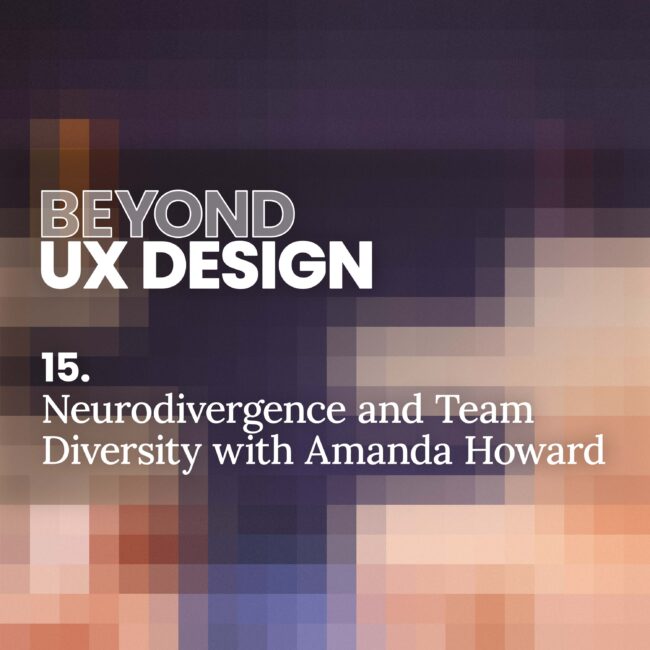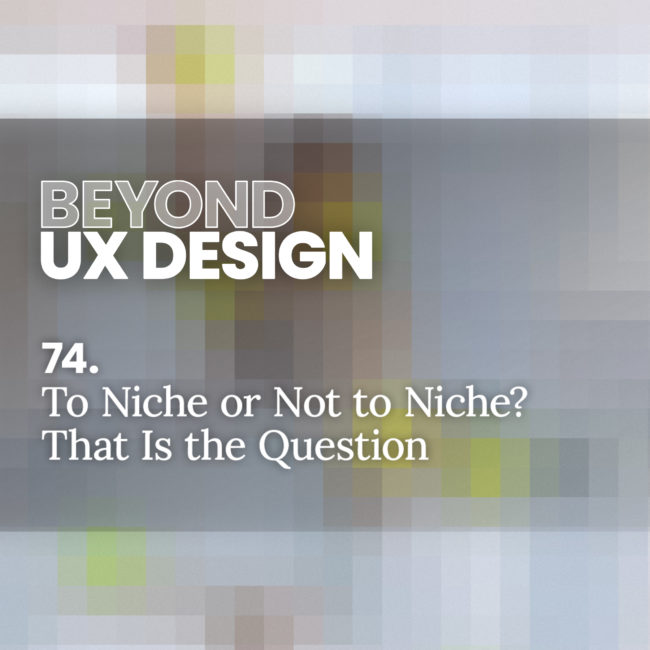
The terms neurodivergent, neurotypical or neurodiverse might be new to you. But we’ve been working with a neurodiverse group our entire careers. Introverts, extroverts, thinkers, feelers, etc. We hear talk of “the spectrum” often, but are these problems to be fixed, or might these folks have valuable insights that us “normies” would have never considered?
Don’t leave neurodiversity out when thinking about team diversity
We’re all aware of, and hopefully practice, diversity when it comes to race, religion, or ethnic background. But even when we all look alike, do we still all think alike?
Diversity comes in a lot of shapes, colors, and creeds.
And sometimes diversity is something you can’t even see.
Our brains and the way we think are complex organic machines. Our brains, like our bodies, are completely unique. The way we think, process information, speak, and communicate are all different depending on who we talk to.
Some people are considered “normal” and some people are considered “different.” But what if we embraced those people whose brains are wired a little differently than our own? What unique insights might they bring the team?
What’s crazy to think about is that you may be neurodivergent and not even realize it.
🤯🤯🤯🤯🤯
Topics:
• 02:39 – UX Designers are not a homogenous group
• 03:09 – What are neurodivergent and neurotypical?
• 10:24 – Is neurodivergence a disorder that needs fixing?
• 22:39 – Diversity through Neurodiversity
• 27:27 – How might a neurodivergent candidate approach an interview?
• 32:24 – How might hiring teams engage with neurodivergent candidates?
• 35:00 – Leaders should provide the tools for a diverse team
• 36:36 – What should hiring managers avoid doing?
• 40:45 – Communication styles are different for everyone, even neurotypical
Helpful Links:
• Find Amanda on LinkedIn
—
Thanks for listening! We hope you dug today’s episode. If you liked what you heard, be sure to like and subscribe wherever you listen to podcasts! And if you really enjoyed today’s episode, why don’t you leave a five-star review? Or tell some friends! It will help us out a ton.
If you haven’t already, sign up for our email list. We won’t spam you. Pinky swear.
• Get a FREE audiobook AND support the show
• Support the show on Patreon
• Check out show transcripts
• Check out our website
• Subscribe on Apple Podcasts
• Subscribe on Spotify
• Subscribe on YouTube
• Subscribe on Stitcher
Meet your hosts:
No posts were found for provided query parameters.





